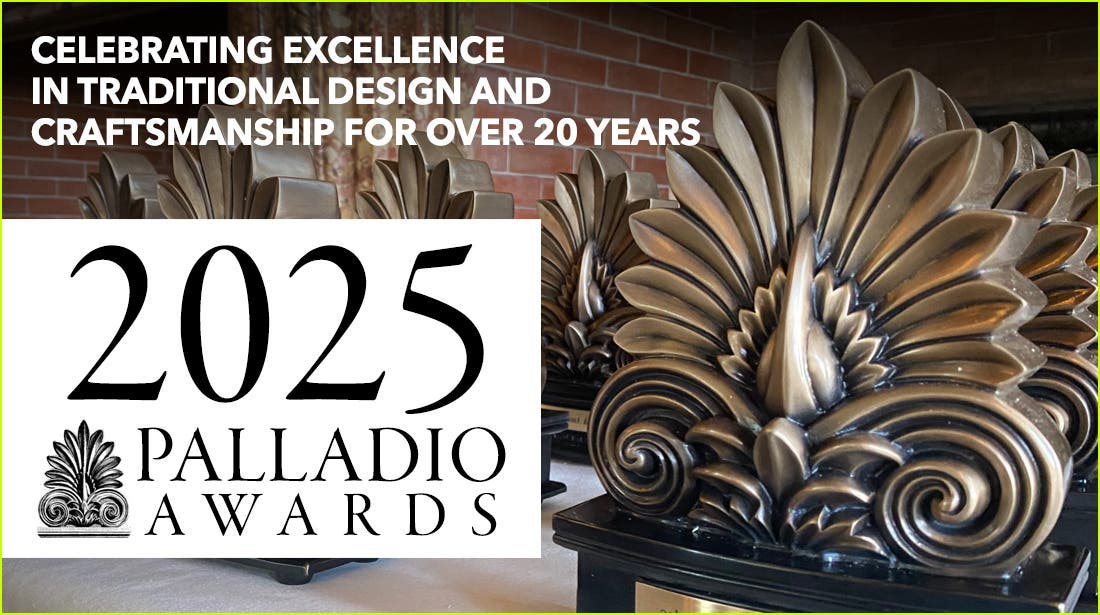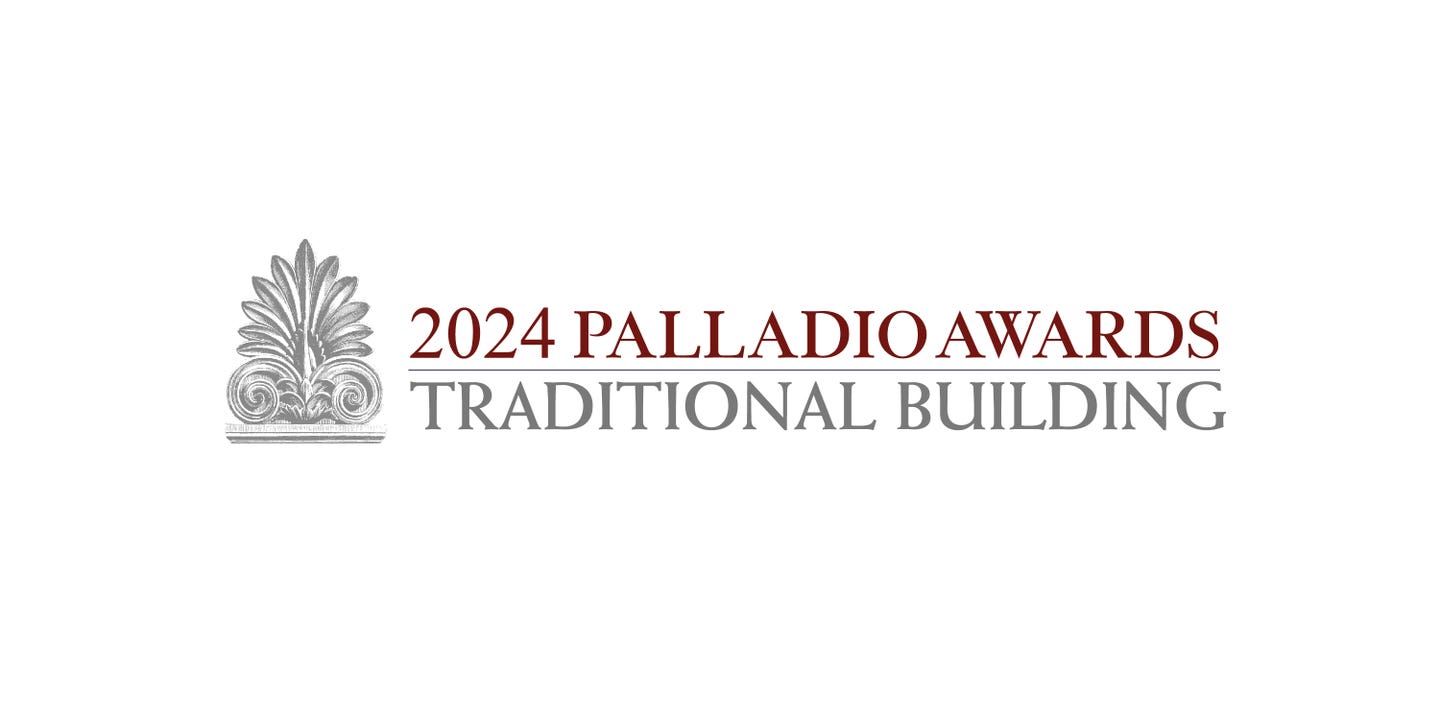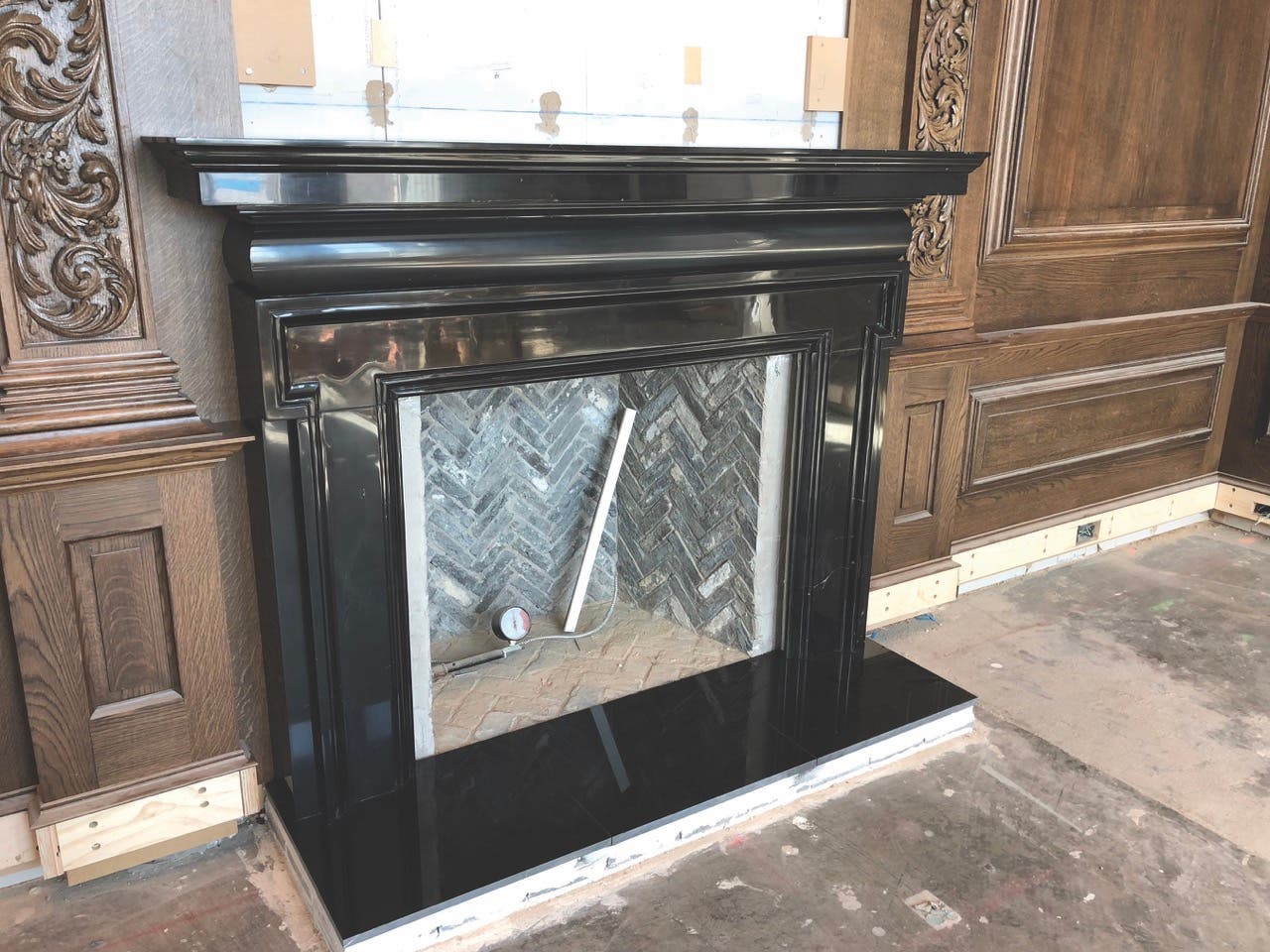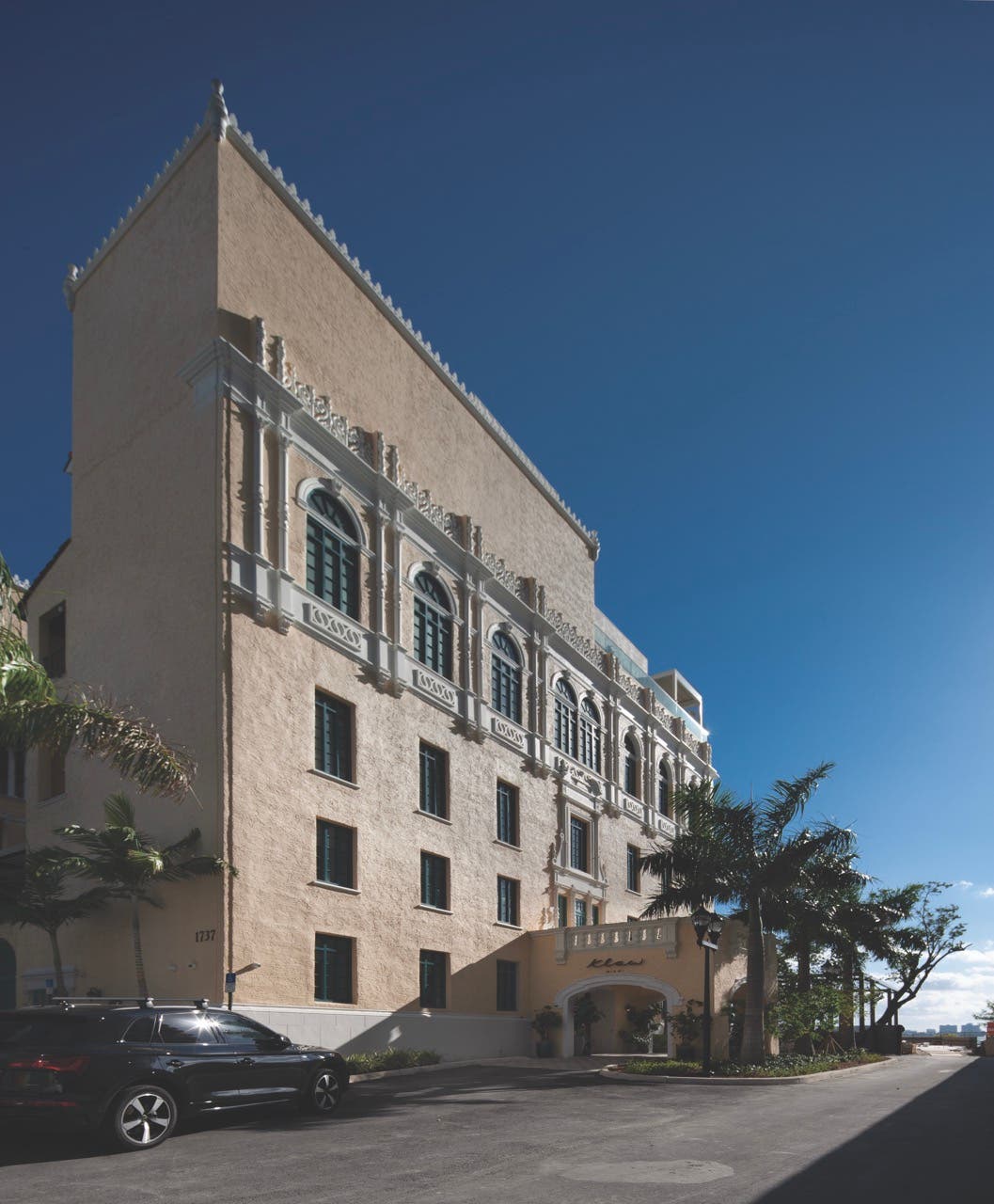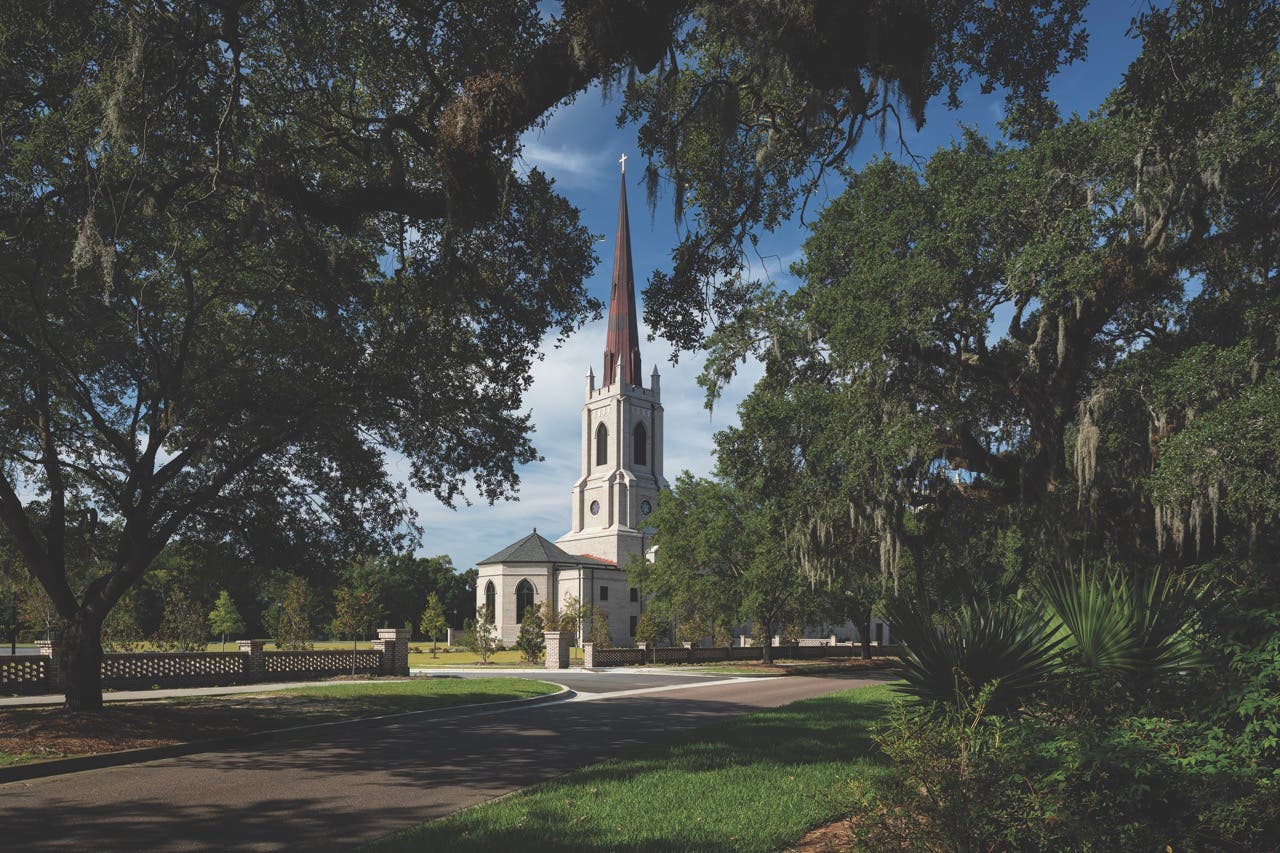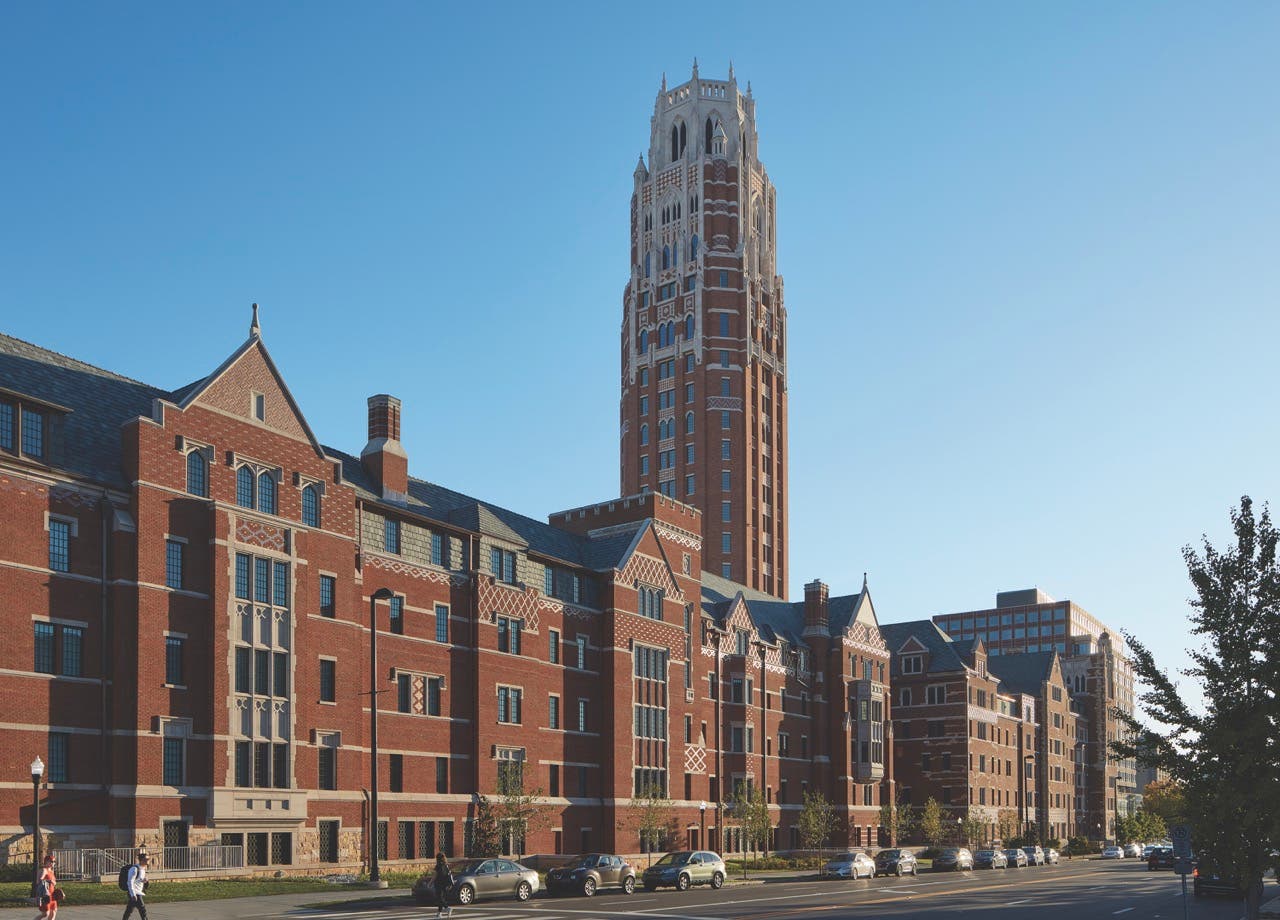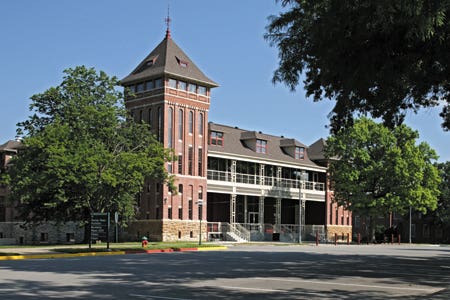
Palladio Awards 2013
2013 Palladio Awards

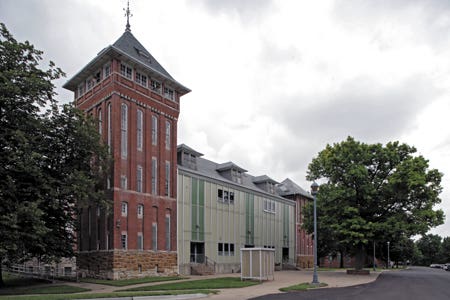
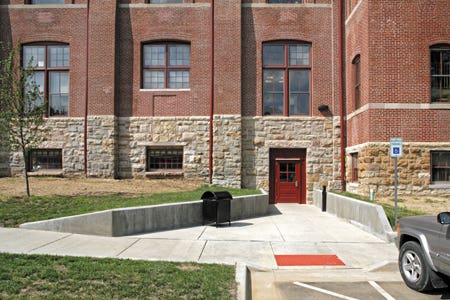
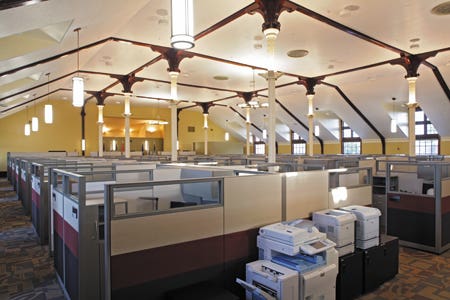

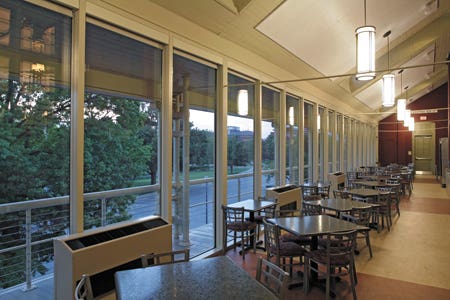
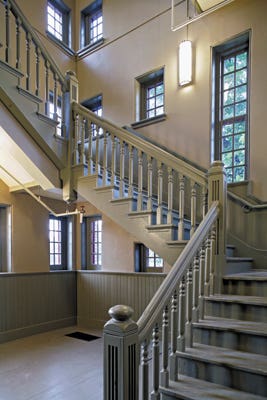
A look back at the Palladio Awards
The awards program dates back to 2001. "I decided that Traditional Building and Period Homes magazines should launch an annual awards program to honor excellence in traditional design," says Clem Labine, founder of the two magazines. "Up to that point, nearly all architectural design competitions were controlled by juries under the sway of Modernist ideology. The result was that designers of new Classical and historically inspired buildings received virtually no professional recognition."
The awards were based on principles set forth by Andrea Palladio in the 16th century. "Andrea Palladio is arguably the most famous architect in Western history," Labine said in a recent editorial. "But beyond his fame, Palladio is also the most influential architect of all time – as a result of the books he published, the philosophy he developed, and the buildings he's left to us. Palladio provides an ideal model for today's architects seeking an alternative to techno-modern designs. In his era, Palladio was not a starchitect, but instead a rather modest contemporary architect with commissions to design functional live/work homes for his Venetian clients."
The first winning projects were published in Traditional Building and Period Homes magazines in 2002. Winners in Commercial & Civic Architecture were: CBT/Childs Bertman Tseckares for the restoration of Henry Van Brunt and William Robert Ware's Memorial Hall at Harvard University; Schooley Caldwell Associates for a sympathetic addition to the Old Carnegie Library in Delaware, OH; Einhorn Yaffee Prescott for the adaptive reuse of Montezuma Castle in Montezuma, NM, a former railroad resort, into the United World College; and Frazier Associates for the design of a new parking garage designed to fit into the historic character of its surroundings in Staunton, VA.
Since then, the program has presented 44 awards in the Commercial, Institutional and Public category, and 57 awards in the Residential category. A number of firms in the Commercial category have received more than one award, including Robert A.M. Stern, Khoury & Vogt, Einhorn Yaffee Prescott and Schooley Caldwell.
The jurors – a panel of distinguished architects and designers – look for work that enhances the beauty and humane qualities of the built environment through creative interpretation or adaptation of design principles developed through 2,500 years of the Western architectural tradition. As Labine points out: "Palladio designed humane, rational buildings; the lucidity and intelligence of Palladio's architecture has maintained its popularity and influence through the centuries. Palladio's legacy of rational principles has inspired a steady stream of architects, from Inigo Jones, Christopher Wren, Thomas Jefferson, Benjamin Latrobe, Cass Gilbert, and John Russell Pope – down to the group of current practitioners who call themselves New Palladians."
Commercial and public awards are generally given in four categories: Restoration & Renovation; Adaptive Reuse and/or Sympathetic Addition; New Design & Construction – less than 30,000 sq.ft.; and New Design & Construction – more than 30,000 sq.ft. An award is also often given in the category of Public Spaces: Parks, Plazas, Gardens & Streetscapes. Residential work is recognized in the following categories: Restoration & Renovation; Adaptive Reuse and/or Sympathetic Addition; New Design & Construction – less than 5,000 sq.ft.; New Design & Construction – more than 5,000 sq.ft.; Exterior Spaces: Gardens & Landscapes; and Residential Multi-Unit Projects
In a blog published last fall, "Seven Tips for Winning a 2012 Palladio Award," Clem Labine said that good photos are a must, and "big, full-page images are best." He also said "Site plans and floor plans are always very helpful," and photo captions should be informative. His advice still applies this year, just as Palladio's principles still stand after so many years.



